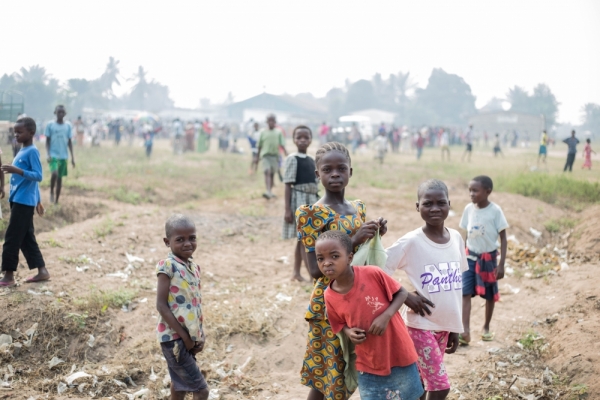In the Kasai region of the Democratic Republic of Congo (DRC) violence erupted in 2016, following the conflict between the government, led by President Kabila, and the anti-government movement Kamuina Nsapu. The militia was raised when the title of chief of the Bajila Kasanga clan was not given to Jean-Prince Mpandi, the person selected by the customary elders, but to his brother, a figure more appreciated by Kabila. Following this decision, Mpandi called for popular uprising against government forces. The mobilisation of fighters that started locally in Mpandi’s village quickly spread to the five provinces of Kasai when Mpandi was killed in August, 2016. In autumn of the same year, President Kabila refused to hold elections, marking a peak in the DRC’s crisis. The country's largest opposition party, Union for Democracy and Social Progress (UDPS), and other opposition forces are believed to have contacted the leaders of Kamuina Nsapu, shifting the group’s attention from local to national dynamics. However, with no proof of military or financial support from the opposition it was noted that ‘it is clear they are being instrumentalised’. In March 2017, a fragile peace agreement between Mpandi’s family and the government was signed, but this event did not stop the conflict in the whole Kasai region. In addition, in the past few months a new actor joined this intricate scenario: the Bana Mura militia. This armed group arose from the Tchokwe community, which had experienced violence at the hands of the Kamuina Nsapu over access to artisanal diamond mining sites. Bana Mura marked itself with indiscriminate killing among the Luba and Luala civilians.
The complicated situation in Kasai has had a strong impact on civilians. In 2016 alone more than 3,000 people were killed and 1.4 million people have been displaced, raising the total number of internally displaced people in the DRC to 3.8 million. The armed groups, despite their different aims, perpetrate the same crimes of indiscriminate killings, mass murders, and violence. Kamuina Nsapu is responsible for extensive child recruitment, with the false promises of money and mystical powers. The Congolese army is also responsible for the use of war weaponry in urban areas. The UN has documented 87 mass graves which contain an unknown number of bodies. The UN peacekeeping mission, The United Nations Organization Stabilization Mission in the Democratic Republic of the Congo (MONUSCO) is trying to find those parties who are responsible for the mass graves. At least a few of the 87 were created by Kamuina Nsapu to hide the bodies of his fighters and hence motivate more people to fight, while the remaining ones might have been dug by the Congolese army.
The situation in the DRC has reached an unprecedented scale of crisis; several militias might arise in the near future and be instrumentalised by the government or by the opposition to fight each other for power.
To know more, read:




